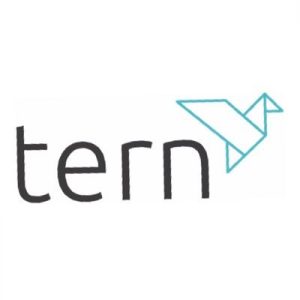Identity Access Management (IAM) solutions play a critical role in minimising cyber and data governance risks by tracking and restricting access to digital systems. Fundamentally, IAM solutions capture and log user login information, manage the database of user identities along with the associated rules and policies, and handle the assignment and removal of access privileges.
Deploying an IAM solution offers multiple benefits for an organisation. It reduces the risk of both internal and external data breaches, decreases the time and effort required to manage network access compared to manual processes, and enforces stringent policies for user authentication, validation, and privileges. Additionally, IAM addresses issues such as privilege creep and failure to retire access for departing employees, ensures compliance with data governance and regulation, and makes data requested by auditors readily available on demand.
Several key principles underpin identity access management. Compliance is a major aspect, particularly for larger enterprises. IAM tools help ensure that only authorised users access sensitive information and provide necessary audit trails for compliance with data privacy laws, information governance, sector regulations, and industry-specific requirements.
Zero trust is another critical principle, developed to address the complexities of modern cloud and hybrid architectures. It asserts that trust cannot be assumed and that identities must be authenticated before users and devices can access preapproved applications, data, services, and systems. The zero trust approach to cybersecurity is greatly facilitated by IAM.
The principle of least privilege is central to zero trust, restricting access to only the applications, data, services, and systems a user needs to perform their job. Role-based access management further simplifies this by granting rights based on assigned roles and duties, making it unnecessary for administrators to update access rights for each individual as requirements change.
Privileged access management complements least privilege and role-based access management by controlling and securing the activity of users with access to critical and sensitive systems and data assets, thereby minimising risks associated with enhanced user access privileges.
Single sign-on (SSO) simplifies authentication by allowing one set of credentials to access multiple software applications and systems. Multi-factor authentication (MFA) strengthens this process by requiring two or more different means of authentication at sign-on, an approach that has become increasingly important, especially under the UK Government’s Cyber Essentials scheme.
Monitoring user access is an essential function of IAM, involving the analysis of user logs to identify anomalies and raise warnings about suspicious activity. An effective IAM solution also includes robust policies for revoking access and offboarding, ensuring that access is proactively revoked when suspicious activity is detected.
Innovations in artificial intelligence (AI) enhance IAM by automating and expediting the process of identifying and responding to anomalies and suspicious activity. Similarly, blockchain technology is gaining attention for its potential to transfer information securely and provide enhanced privacy protection and auditing capabilities.
For IT professionals in large enterprises, the OSA IAM design pattern SP-010 provides a valuable architecture model. It outlines how various IT admin roles interact with IAM components and the systems relying on IAM, separating policy enforcement and policy decisions within the framework. This model is a useful starting point for IAM solution deployment projects.
Modern IAM solutions are often cloud-based, software-as-a-service applications that can be rapidly deployed. Choosing the right solution involves clearly identifying your organisation’s requirements, based on systems, applications, data, business model, and regulatory environment, and mapping these against the features and capabilities of available solutions, as well as cost considerations.
Tern plc (LON:TERN) backs exciting, high growth IoT innovators in Europe. They provide support and create a genuinely collaborative environment for talented, well-motivated teams.


